Feeding Tanzania’s Cities: Why Vertical Farming Must Be Part of the Next Urban Plan
If Tanzania acts now, vertical farming could become a $500 million industry by 2035, saving billions in food imports and...
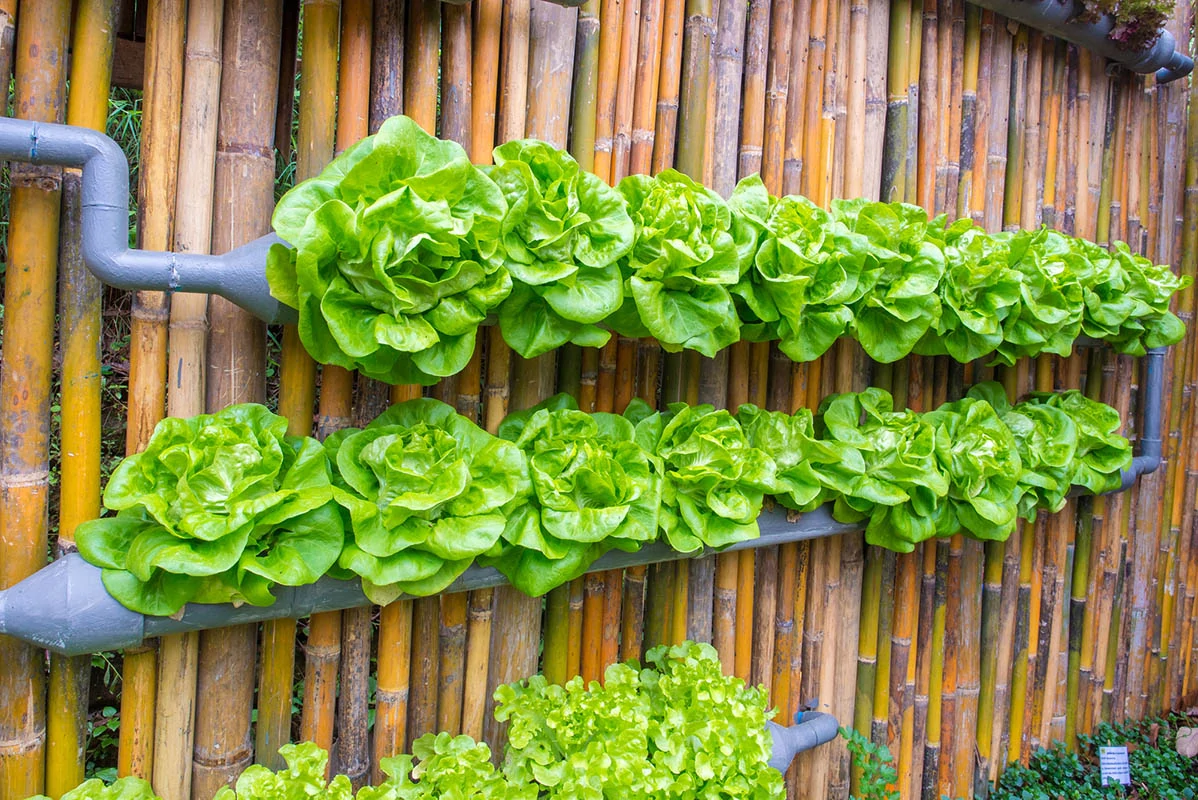
If Tanzania acts now, vertical farming could become a $500 million industry by 2035, saving billions in food imports and...

Dar es Salaam, Tanzania – September 2, 2025. Leaders from across East Africa have pledged stronger regional cooperatio...

Global markets especially in China, Vietnam, and parts of Europe, cattle horns are in high demand for decorative items, ...
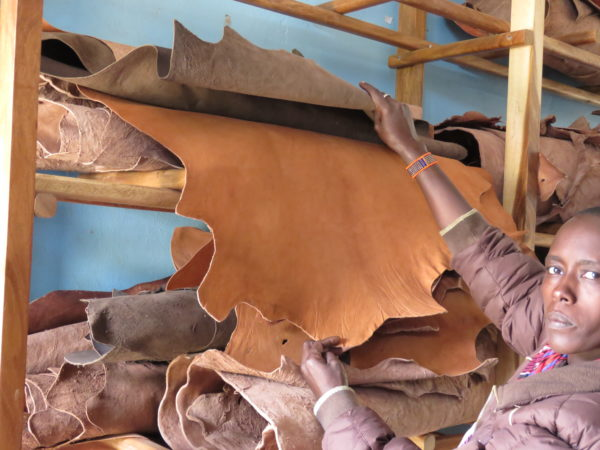
With more than 36 million cattle, 25 million goats, and 18 million sheep, Tanzania ranks second in Africa for livestock ...
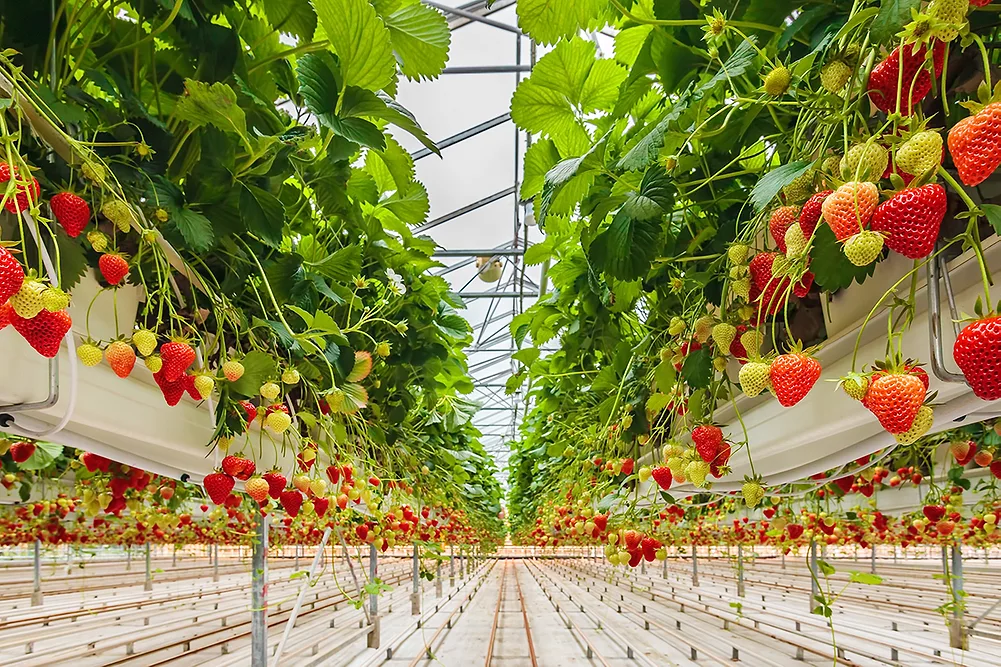
The country already has juice factories like Azam, Sayona, METL, and Dabaga that run below capacity due to inconsistent ...

The country is already ranked among the top three producers in Africa, alongside Kenya and South Africa, and has emerged...
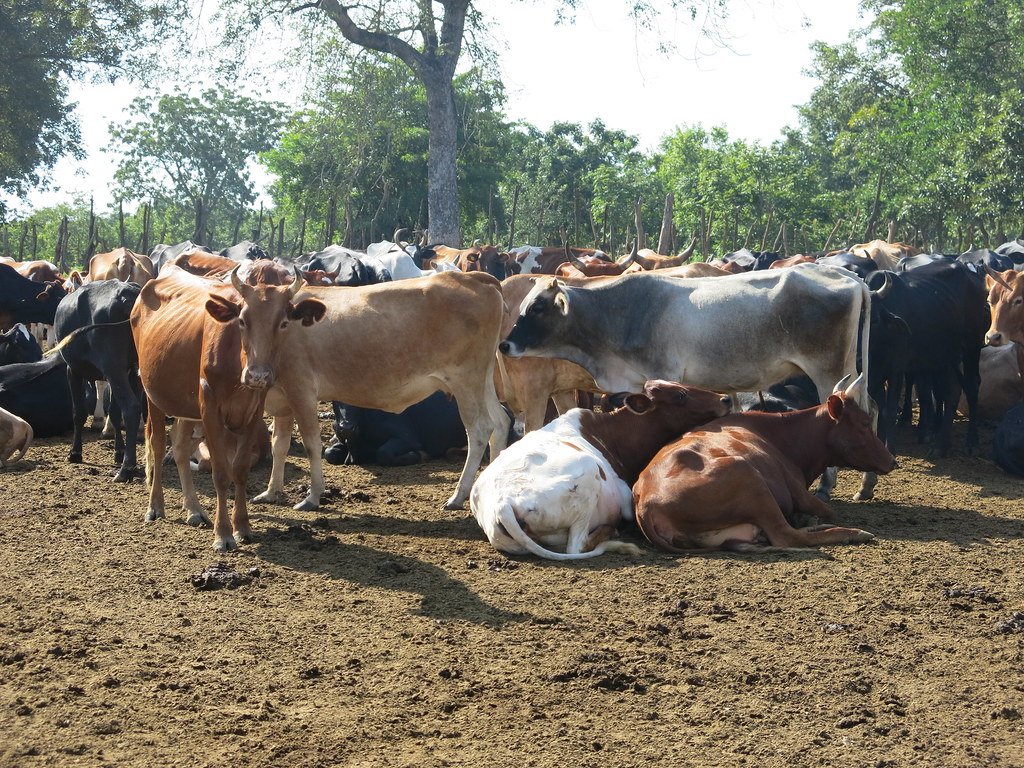
A Tanzanian cow produces about 6 liters of milk per day, compared to 20 liters in Kenya or 30 liters in Europe.
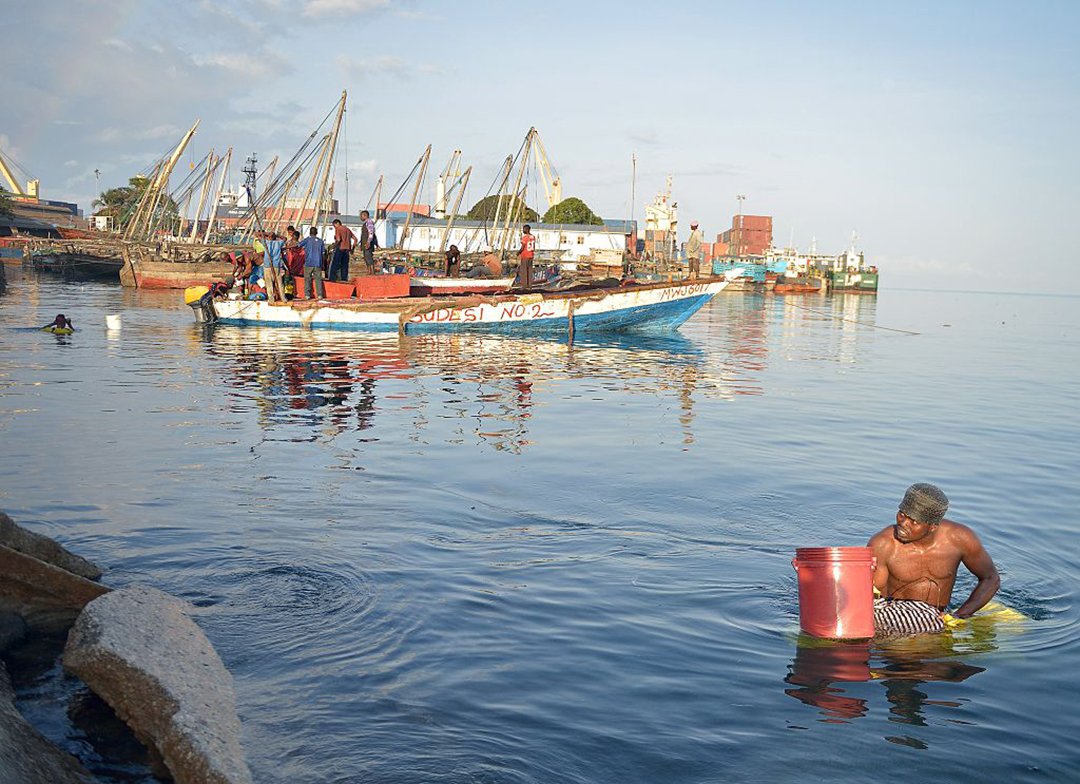
Tanzania’s fisheries sector is emerging as a powerful driver of economic growth. Valued at TSh 4.36 trillion in 2024 a...

According to the Ministry of Agriculture’s 2024 estimates, Tanzania’s annual demand for edible oil stands at around ...
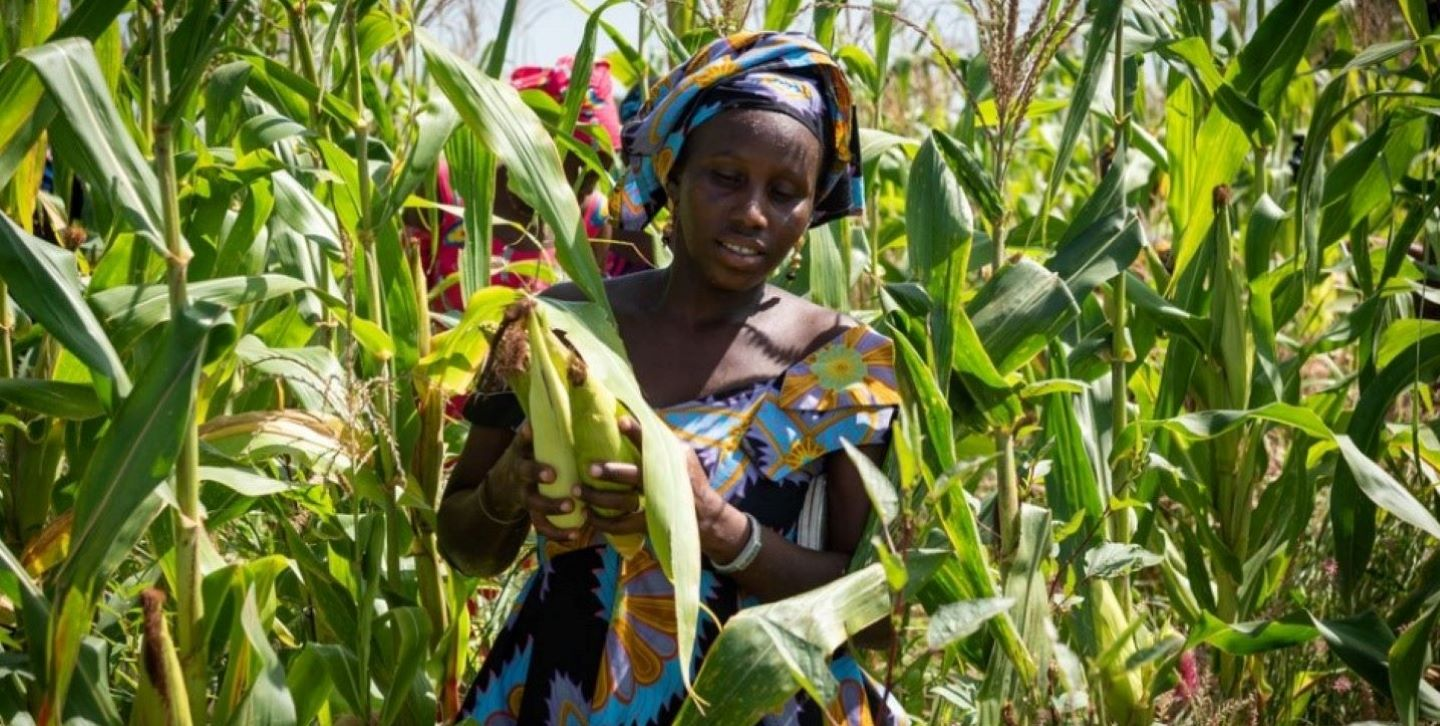
From Technology to Transport, storage to services, the Agricultural value chain is full of untapped potential.
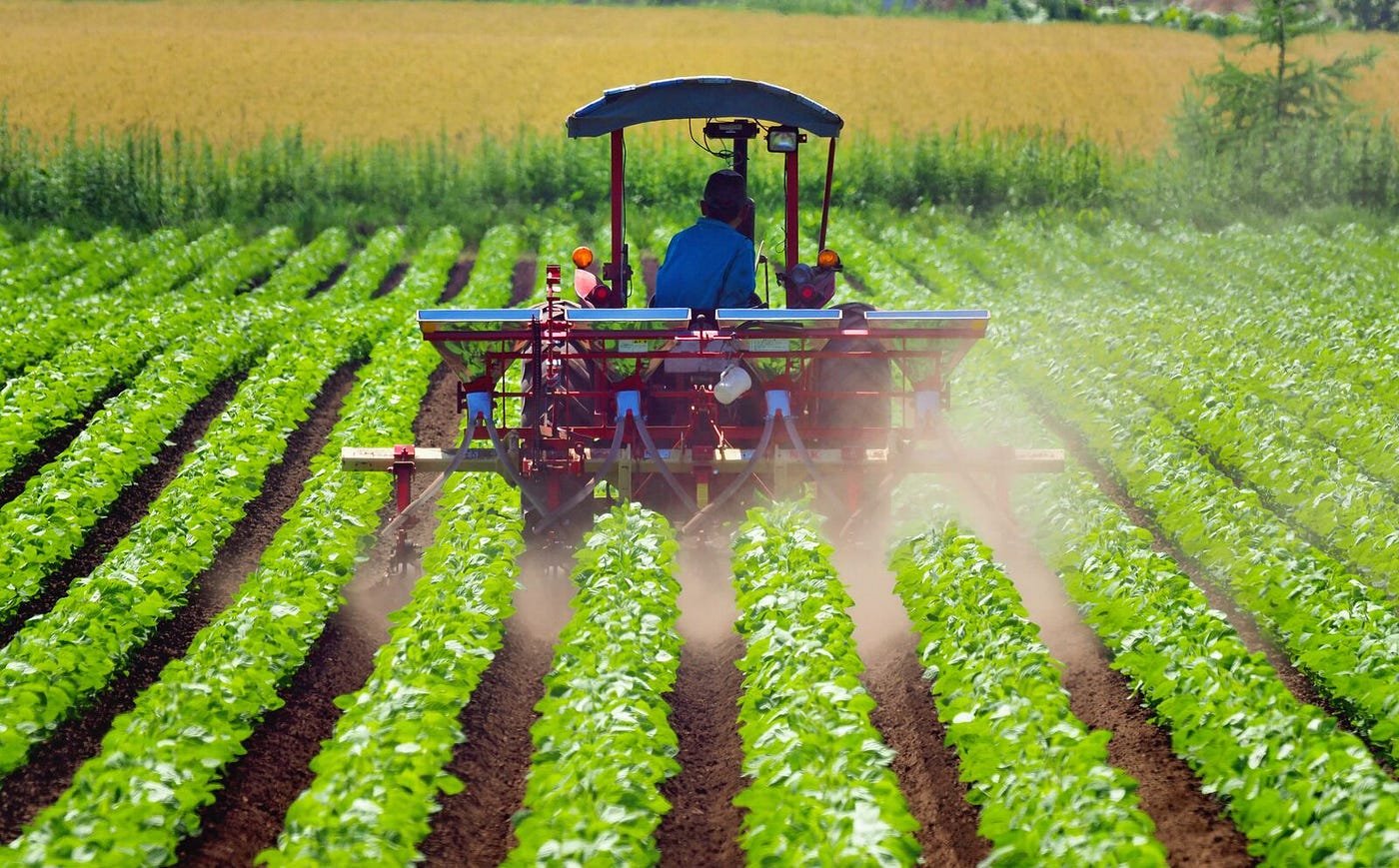
These bilateral talks focused on the key areas of Cooperation in Trade in agricultural commodities, Importation of Russi...
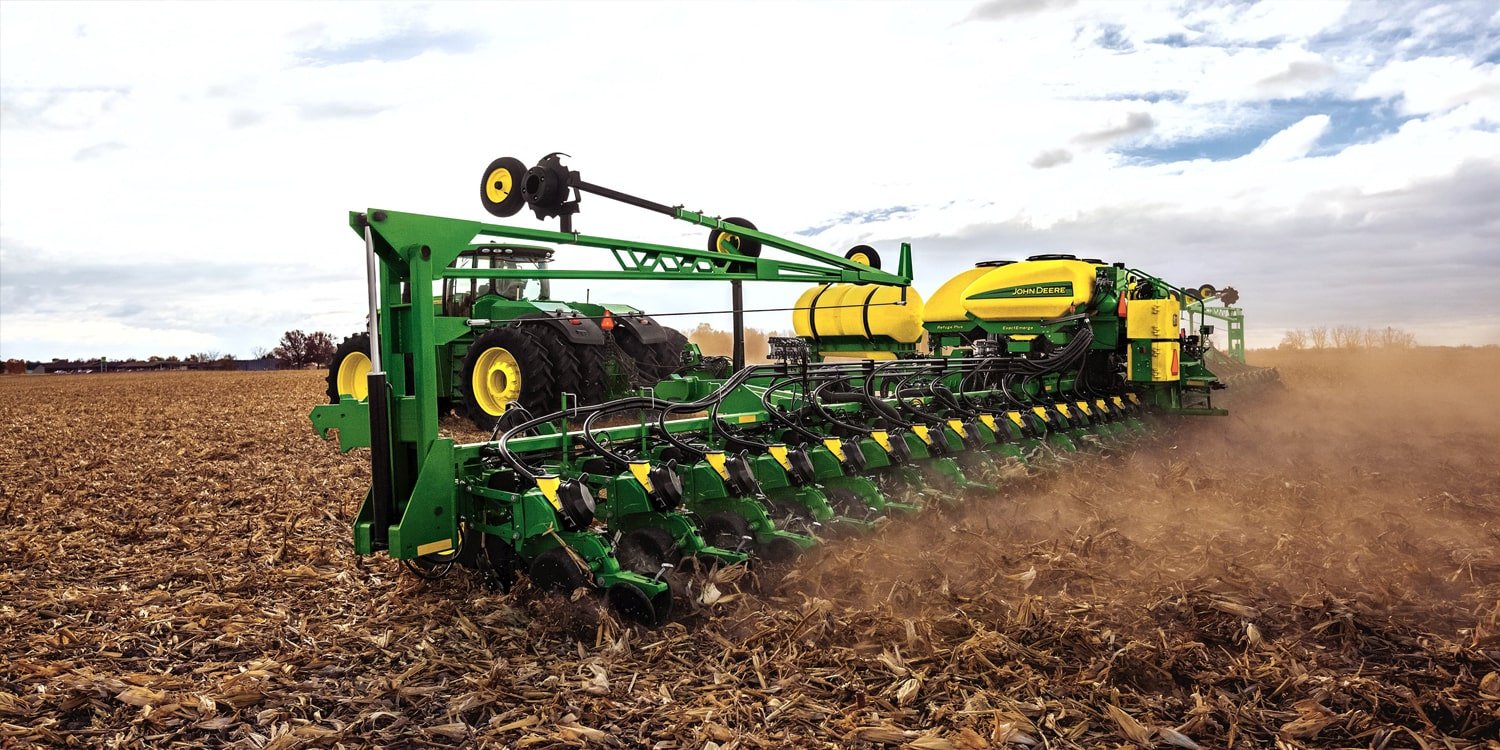
Agriculture is the backbone of Tanzania’s economy, employing over 65% of the population, especially in rural areas.